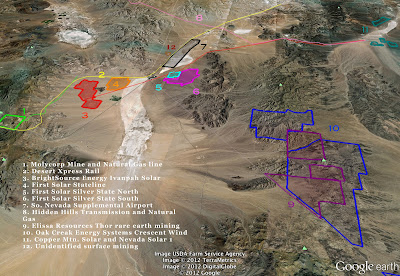BLM Reviewing Route 66 Management in California

Route 66 is an important artery providing access to California's Mojave Desert. Like the two-lane " Outback Highway " that runs mostly north/south through the region, Route 66 provides east/west access to stunning desert vistas still mostly unharmed by man, giving visitors a chance to share a common experience with past generations. The Bureau of Land Management (BLM) and California Historic Route 66 Association are now developing a Corridor Management Plan (CMP) that seeks to align county and Federal efforts to protect this historically significant corridor. A map from the California Historic Route 66 Association website shows the portion of the Route 66 corridor that will be reviewed for the Corridor Management Plan. From Needles to just west of Barstow is about 160 miles of history, culture, and beautiful desert scenery. I am excited about the potential for the CMP to make a visit to the California Desert a richer experience, with more opportunities for fo







